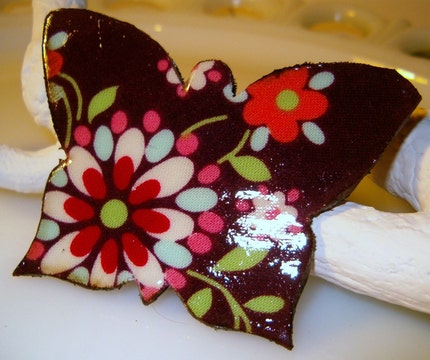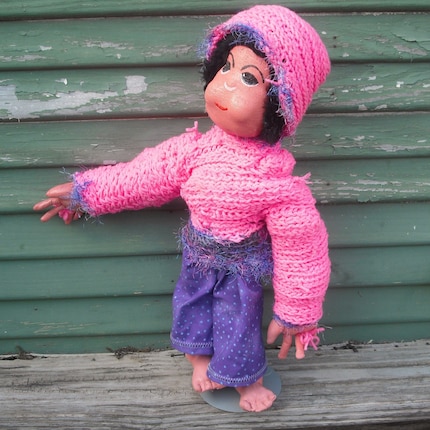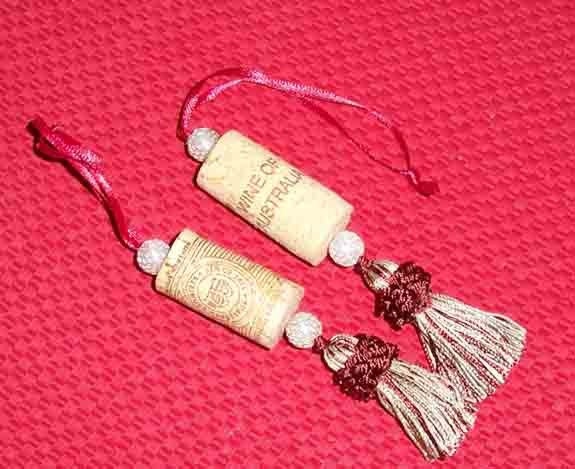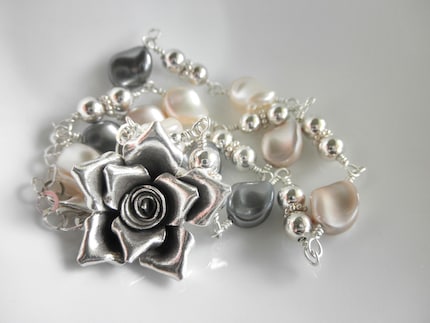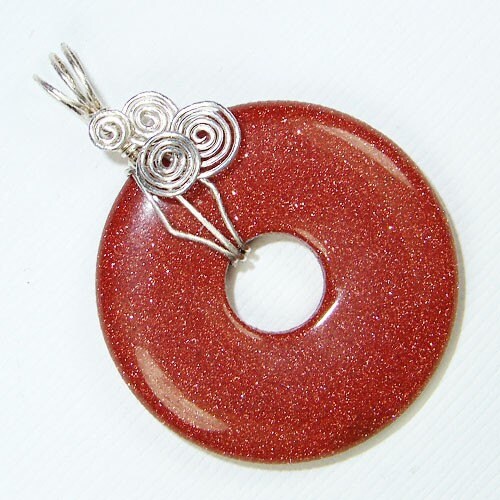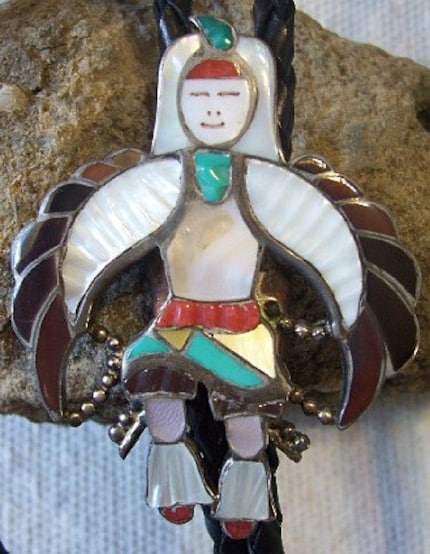 The two plants that I would like to introduce you to are commonly know as stinging nettle and Texas bull nettle. According to a quick check online, stinging nettle can be found throughout much of the world whereas TX bull nettle may be limited to the southern central US and Mexico.
The two plants that I would like to introduce you to are commonly know as stinging nettle and Texas bull nettle. According to a quick check online, stinging nettle can be found throughout much of the world whereas TX bull nettle may be limited to the southern central US and Mexico.Stinging nettle can be an inconspicuous plant growing among pasture grasses or in other areas as seen in the first photo. This plant has tiny stinging hairs that will cause a painful site reaction when touched. The pain often subsides in a few minutes, however I have known it to cause welts and prolonged pain/discomfort in some individuals. Often, when I have not managed to avoid it and am experiencing its painful sting, I have had to look closely for the offending plant because it can blend in so well. Strangely enough, the young leaves are supposed to be able to be prepared properly and eaten. I’m not planning on giving that or puffer fish a try though.
 A much larger and more noticeable plant with pretty white flowers in the spring is Texas bull nettle. As you can see in the second photo, this plant is a bit easier to see and therefore to avoid. I had the good fortune to find out about this plant before touching it, as its sting is reported to cause more pain and for a much greater length of time than stinging nettle. Stinging nettle is bad enough for me. I have no curiosity about just how bad bull nettle’s sting is.
A much larger and more noticeable plant with pretty white flowers in the spring is Texas bull nettle. As you can see in the second photo, this plant is a bit easier to see and therefore to avoid. I had the good fortune to find out about this plant before touching it, as its sting is reported to cause more pain and for a much greater length of time than stinging nettle. Stinging nettle is bad enough for me. I have no curiosity about just how bad bull nettle’s sting is.Before you go on an eradication spree however, you need to know that these plants are host plants for some butterflies so they are an important part of the ecosystem. Also, don’t forgo enjoying the great outdoors for fear of brushing up against them. Wearing long pants and tall socks while hiking around and watching where you put your hands should keep you pain free. Hopefully the information in this article will allow you to identify and avoid these two plants and thus keep you from finding out why the plants are referred to as “stinging” nettles.

 plated (as shown in the second photo), or silver plated figaro style chain and findings.
plated (as shown in the second photo), or silver plated figaro style chain and findings. 


